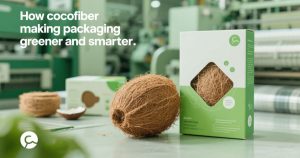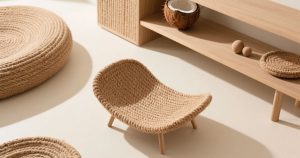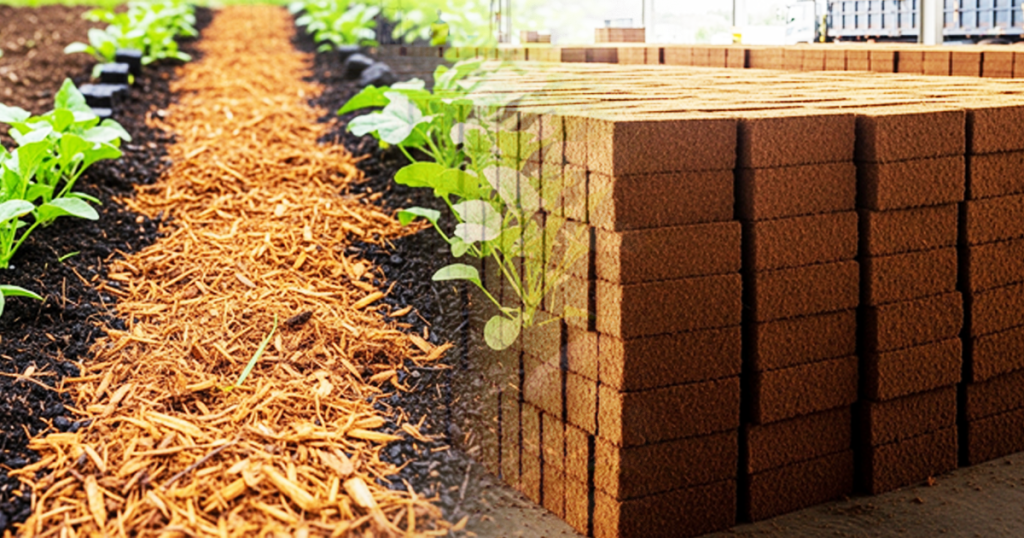Rising Corporate Interest in Natural Alternatives
In recent years, multinational companies from automotive to packaging have accelerated their sustainability roadmaps. Among the bio-based materials under exploration, coco fiber is emerging as a high-potential alternative. Once relegated to low-value applications like doormats and brushes, coir is now finding its way into car interiors, acoustic panels, packaging inserts, and even furniture design.
This corporate pivot is not incidental. As a researcher specializing in cocopeat and coco fiber, I’ve observed firsthand the exponential growth in inquiries and collaborative proposals from industries previously dominated by synthetic materials.
“Natural fiber composites,” says Dr. Helena Ward, a materials engineer at a major European auto manufacturer, “allow us to reduce our carbon footprint while meeting performance benchmarks. Coco fiber, in particular, is lightweight, durable, and widely available in tropical regions.”
Why Coco Fiber? The Material’s Natural Edge
Coco fiber is extracted from the mesocarp of the coconut, which is often discarded as agricultural waste. What sets it apart from other natural fibers is its high lignin content, giving it a natural resistance to rotting, microbial attacks, and salt water. These qualities make it suitable for use in high-humidity and outdoor environments something that other fibers like jute and flax struggle with.
Furthermore, coir’s biodegradability and low environmental impact during processing make it a darling in life cycle assessments. Unlike plastic or glass fibers, coco fiber does not rely on petroleum or energy-intensive manufacturing. It is also abundant, with more than 60 million tons of coconuts produced globally each year.
The economic value of coir is also becoming a talking point. “We’re creating a new value chain from waste,” notes an executive at an Indian agro-industrial firm. “Coco fiber provides income for smallholder farmers and opens new doors for exports.”
Applications Across Industries
Coco fiber’s versatility is another reason for its rising corporate appeal. Some current applications include:
- Automotive components: Door panels, seat padding, and trunk liners made with coir composites reduce vehicle weight and improve recyclability.
- Construction materials: Coir is used in insulation boards and soundproofing products, favored for its durability and thermal properties.
- Eco-packaging: Start-ups are developing biodegradable packaging solutions using molded coir, replacing polystyrene foam.
- Furniture and bedding: High-resilience mattresses and cushions utilize coir’s natural springiness and breathability.
Challenges Ahead: Processing and Standardization
Despite the promising outlook, widespread adoption still faces hurdles. One of the most pressing issues is processing consistency. Coir fibers vary depending on origin, age, and harvesting technique, which can affect mechanical properties and end-product quality.
Moreover, standardization and certification remain limited. For industries like automotive and construction that rely on strict compliance metrics, the lack of a unified quality framework for coir products can slow down integration.
However, ongoing research is addressing these gaps. My team is currently developing a fiber treatment process that enhances tensile strength without using harsh chemicals. We’re also collaborating with local coir cooperatives to implement quality control at the source.
A Climate-Positive Future
As corporations strive to decarbonize supply chains, coco fiber offers a compelling story: a waste-to-wealth, bio-based material that supports rural economies, reduces plastic dependency, and aligns with global climate goals.
It is not a panacea but it is a powerful step in the right direction. And if the current momentum is any indication, the husk of the coconut may soon be as valuable as its meat and water.







